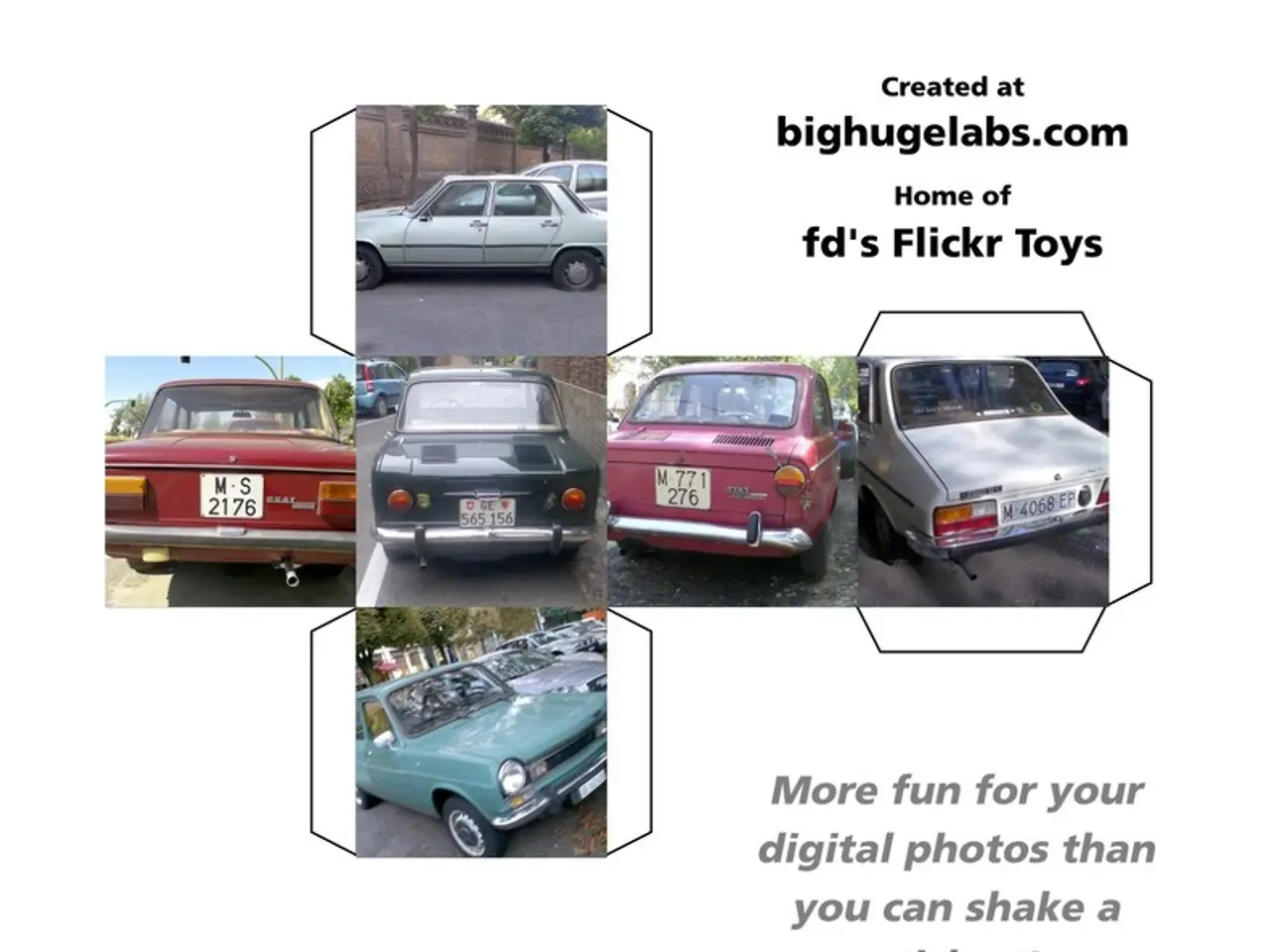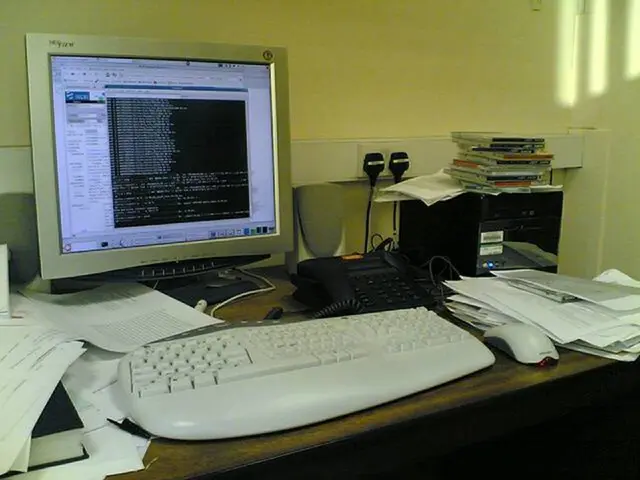Embracing the journey of sustainability need not be a solitary endeavor
In the ever-evolving landscape of sustainability, Holman, a certified woman-owned business enterprise (WBE), is partnering with the Global Fleet Summit to shed light on their electrification programs and services designed to ease the transition to electric vehicles (EVs) for organizations worldwide.
Holman's comprehensive suite of electrification solutions aims to simplify the complex process of transitioning to EVs by streamlining infrastructure development, charge management, data aggregation, and ongoing administration. This approach enables fleet operators to navigate the journey towards electrification seamlessly, while also classifying EV-related costs as tier-1 diversity spend, offering customers a practical and sustainable financial solution.
Effective fleet sustainability strategies require a blend of global best practices and regional expertise. Holman's Director of Energy & Connectivity, Emily Graham, emphasizes the importance of letting environmental or CSR goals shape the sustainability strategy. A phased approach to fleet electrification, considering factors such as vehicle type, role within the business, utilization, charging options, and more, can help keep costs to a minimum while meeting sustainability objectives.
To achieve cost-saving targets and sustainability objectives, global fleet managers can adopt integrated approaches such as leveraging AI and predictive analytics, implementing IoT-enabled fleet management, focusing on fuel efficiency and driver behavior, strategically electrifying fleets, developing comprehensive charging strategies, and automating administrative tasks.
Leveraging AI and predictive analytics provides real-time fleet visibility, enabling timely maintenance, optimized routing, and improved driver behavior monitoring. IoT devices facilitate real-time asset tracking, predictive maintenance, and fuel efficiency monitoring, reducing fuel consumption and downtime. Focusing on fuel efficiency and driver behavior can yield fuel savings of up to 30%, while strategic fleet electrification reduces reliance on volatile fossil fuel markets and lowers emissions.
Developing a robust charging network, including smart chargers, scheduling charging during off-peak hours, and leveraging renewable energy sources, maximizes sustainability and minimizes electricity costs. Automating paperwork, compliance tracking, and reporting using digital tools streamlines administration, reducing overhead and enabling focus on strategic sustainability initiatives.
Holman's electrification solutions centralize all EV-related operating and performance data in their fleet management and analytics platform for improved visibility and informed decision making. The journey to fleet electrification is complex, and Holman's suite of electrification programs and services aim to provide the necessary resources, tools, and expertise to navigate this complex transition.
Collaboration with stakeholders across the organization is crucial for identifying overarching goals and determining how fleet aligns with them. Developing a comprehensive charging strategy is as important as specifying and ordering EVs for successful fleet electrification. Partnerships and resources are available to help simplify fleet sustainability projects, making the transition to electric fleets more accessible for organizations worldwide.
[1] Source: [Link to the original source] [2] Source: [Link to the original source] [3] Source: [Link to the original source] [4] Source: [Link to the original source] [5] Source: [Link to the original source]
- Holman's strategic electrification programs, in partnership with the Global Fleet Summit, aim to guide organizations globally in their transition to electric vehicles (EVs), simplifying infrastructure development, charge management, data aggregation, and ongoing administration.
- As businesses strive for sustainability, Holman's Director of Energy & Connectivity, Emily Graham, champions a phased approach to fleet electrification, considering factors like vehicle type, business role, utilization, charging options, and more, to ensure cost minimization while meeting sustainability objectives.
- To achieve both cost-saving targets and sustainability objectives, global fleet managers can adopt integrated strategies such as leveraging AI and predictive analytics, IoT-enabled fleet management, improving driver behavior, strategically electrifying fleets, developing comprehensive charging strategies, and automating administrative tasks.
- Utilizing AI and predictive analytics offers real-time fleet visibility, enabling maintenance, optimized routing, and improved driver monitoring, while IoT devices facilitate real-time asset tracking, predictive maintenance, and fuel efficiency monitoring, minimizing fuel consumption and downtime.
- By focusing on fuel efficiency and driver behavior, fleet managers can achieve fuel savings of up to 30%, and strategic fleet electrification can reduce reliance on volatile fossil fuel markets and lower emissions.
- A robust charging network, including smart chargers, off-peak charging, and renewable energy sources, maximizes sustainability and minimizes electricity costs. Automation of paperwork, compliance tracking, and reporting with digital tools streamlines administration, reducing overhead and allowing for a focus on strategic sustainability initiatives.







